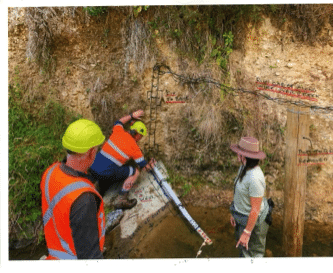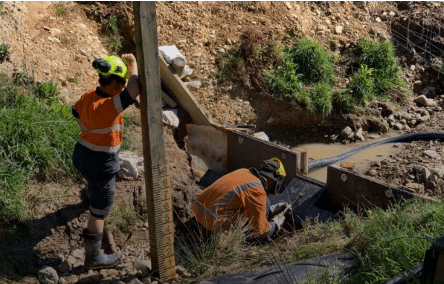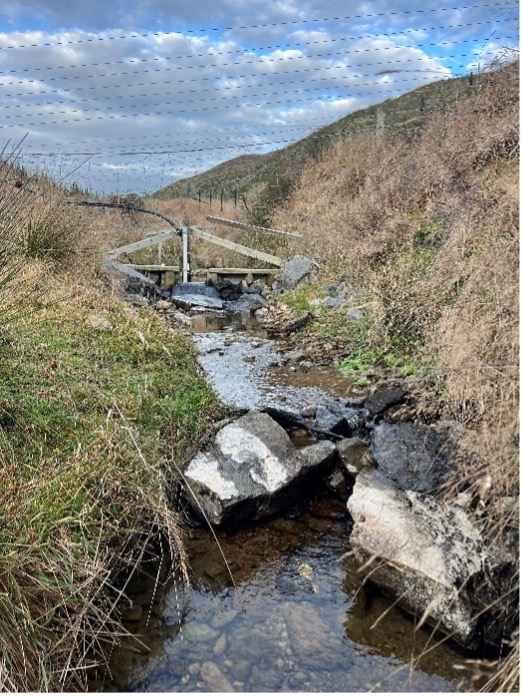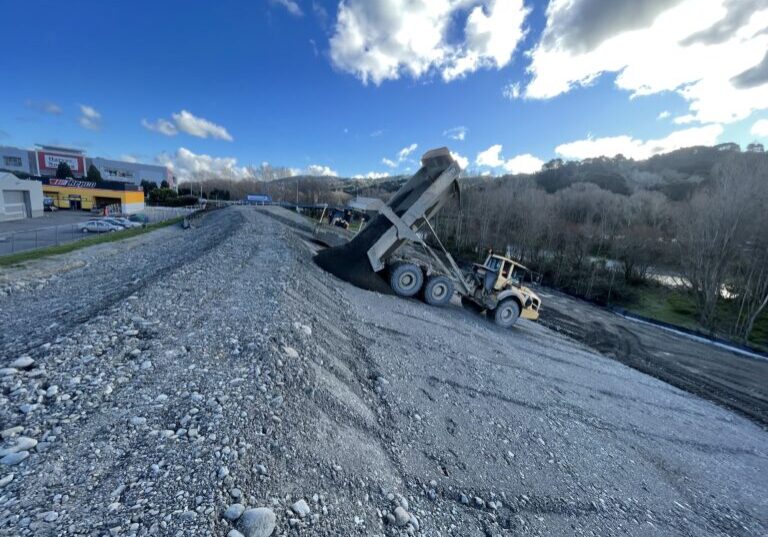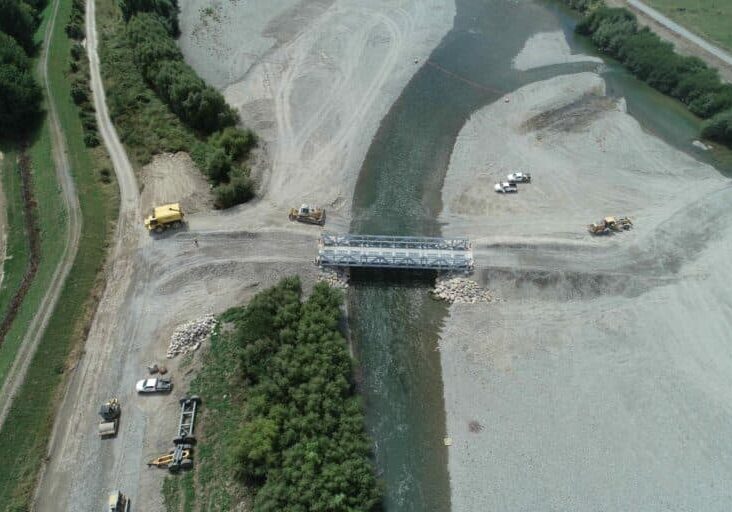Donald Creek Paired Catchment Study
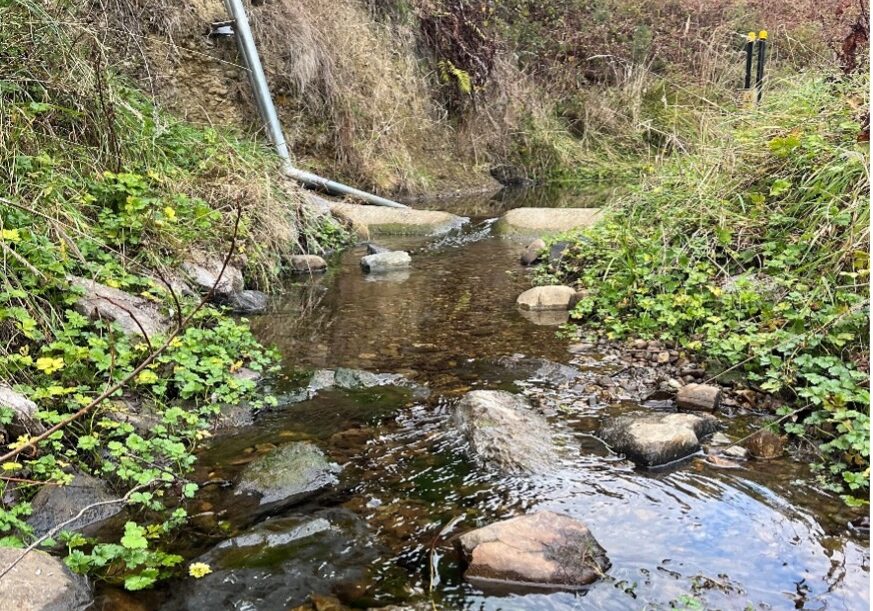
Project Info:
Client: OneFortyOne Ltd
Collaborators: Iwi, Ministry for Primary Industries, Cawthron Institute, Envirolink, Manaaki Whenua Landcare Research, neighbours, the Department of Conservation, Fish & Game, Smart Engineering, and Tasman District Council
Project Description:
OneFortyOne New Zealand Ltd (OFO) has established a long-term paired catchment monitoring programme within comparative catchments in its Donald Creek Forest Block.
The objective is to study the performance of sediment control practices utilised in current forest engineering and harvesting operations.
The project outcomes will quantify:
• How much sediment can be prevented from leaving a harvesting site using sediment control practices
• Ecological effects of reducing sediment generation and delivery
• Operating costs of implementing new standards and practices
The comparative study areas are adjoining catchments of similar size-area, geology, and topography, both planted in Pinus radiata of similar age. The project outputs will be made available to the forest industry, scientific community, tertiary institutions, and regulatory authorities.
Taylors Contracting’s involvement with the project has been to provide engineering design support and construction services for three in-stream weirs and associated piping, cabling, fencing, and access requirements to OFO so the project team can carry out its monitoring and data collection work.
The project will provide better science and information to help us all understand our impacts and where we can look to improve for the future.
Key Project Challenges:
Planning, construction, and maintenance
There are multiple phases to the project and since 2022 we have been maintaining the initial weir installation and have constructed two new weirs in the unmodified adjoining catchment. Our role in supporting this phase of the project has required us to liaise with the various parties, assist with construction plans and designs and then construct what is required to collect their measurements and data.
On the face of it the structures are simple and small, and in relatively benign catchments, but there is a considerable amount of energy in water in the streams and when they flood, and they do run high flows which can cause considerable damage to anything in its path.
We have a regular saying on our sites that “You never know what you’ll find until you dig” and this site has certainly lived up to this statement. We struck, stumps, organic material, topsoils, pug, hard cemented conglomerate type material, underground flows and water leakage once the structures were in place which all needed to be dealt with.
The plan certainly had to evolve as each of these issues required a solution suitable for the sites chosen and required site specific controls and management by Taylors Contracting staff to install the structures to the design and quality standards required by the team and to ensure the end result was suitable for the measurements and data collection required.
We had to re-plan and come up with new ideas then modify our work methods. Our staff applied their skills to the variety of different tasks and challenges each site posed, to ensure we constructed each weir to meet the required objectives.
We worked collaboratively with external parties to develop solutions for each site.
We combined our collective technical and practical skills and experiences to solve all the problems as they arose. The team worked together to develop initial design concepts and construction methodologies for the sites. Each party has specialist roles at the concept, design, build, and installation stages to come up with balanced solutions to comply with the constraints and get the job done safely and to the required standards.
The work was carried out with the support and approval of the landowners and TDC under the guidelines in the NES-PF and subsequent NES-CF.
OFO carried out considerable consultation with the landowners, TDC, Iwi, Fish & Game and various parties involved in the actual monitoring work. We also played a support role to OFO with the consultation process giving practical construction advice where needed.
Safety, Environmental, and Quality
Although the volume of work was not large, the project still required a significant amount of pre-planning. Small jobs often take far more planning time as you don’t have the luxury of time or an extensive budget to make things work. We still have to go through all the same prudent planning steps for a job that lasts only a few days or a job that lasts a few months.
Once all the approvals are in place a combined pre-start site visit with all involved was held to confirm the agreed planning and environmental requirements, with a Task Risk Assessment (TRA) model worked through and appropriate controls and methods agreed to ensure that the safety, environmental and quality outcomes required are practical and can be achieved.
Due to the challenging weather conditions experienced over the last few seasons, works were delayed in some cases due to continued wet conditions.
Installation
The majority of the excavation and placement works were carried out on dry land on either side of the water thereby keeping water clarity and quality clear and clean. Working time in the water was limited to minimise the potential for additional sedimentation and water quality impacts during construction.
The timing of the work was planned when the flows were as low as possible to meet the timelines required.
Pumps were used to transfer water around each site to keep the water clean. The length of bed disturbed was kept to a minimum and the dry bed sections were checked for fish and invertebrates, and anything found was collected and transferred upstream back into the water.
The installation methodologies involve setting out the site, setting up pumps to transfer the water around each site, installing a small coffer dam upstream and downstream to stop water coming back into the work area.
The bed was then excavated with a small excavator and by hand.
Once excavated the foundations and the surrounding soil structure was then assessed to ensure the ground was stable and water couldn’t leak around the structure the building began.
The weir structures were then installed making sure they were sealed off and tied in with the surrounding stream banks, that they were secure and stable, that fish passage was in place and that scour protection was provided to stop damage during flood events.
All materials had to be transported to site and at one site carried in by a machine as there was no suitable vehicle access directly to the site.
Materials included, timber, pumps, compactors, concrete, steel, gravel, rip-rap rock, fencing materials, fuel and tools etc.
Again, the quantities were small, but everything had to be timed well to keep the project running.
On completion of the site the surrounding areas were tidied to match the existing stream bank lines and levels and the areas fenced off and re-grassed.
Maintenance
After several flood events Weir A required some ongoing maintenance and improvement after it was discovered it was leaking more water than was allowable. The team didn’t want to completely remove the structure so we all came up with an innovative solution to place a plate of steel on the inside of the timber wall and drive it into the stream bed and banks to seal up the inside face of the timber structure already in place. This was a cost-effective solution, quick to do, causing minimal impact and has fixed the problem.
We have also had to maintain access roads and clear windthrow from roads and around the Weir sites as part of the natural ongoing cycle.
Measuring Equipment and Sensors
Once the weirs were in place the framework to support and protect the expensive and sensitive sensors and measuring equipment was needed to be adapted for each site. This again required a site-specific approach and designs were discussed and worked through with the team and with help from Smart Engineering.
The construction works required of us on this project have been smaller in scope and nature than our typical work but has required us to adapt our skills and work methods to come up with solutions and work in with the pair catchment study team to deliver in stream weir construction for the installation of water quality sensor instruments to take measurements and collect data for analysis.
Water quality has always been a priority for our Forestry clients, and this has come under further focus since the introduction of the National Environmental Standards for Commercial Forestry (NESCF) and new Fresh Water Management rules.
Generally, we are associated with larger forestry earthmoving infrastructure projects in our day-to-day activities. This project has been very different than our normal activities and is one we have all bought into and are proud to be involved with.
Key Achievements
The project has been a success, with the delivery of a broad range of solutions across the sites that have met the required environmental standards and the client’s expectations.
All the structures have been installed to a high standard in an efficient manner with minimal disruption to water quality and in compliance with the required standards.
The job was well planned and executed and is a credit to the client for their foresight and investment and a credit to the people involved who carried out the work to such a high standard in a safe and efficient manner.
We have since been asked by another client to assist them with advice and learnings from the work carried out at Donald Creek which we have done free of charge as we believe these are important projects to enhance the understanding of our impacts and for us to all learn and be better industry advocates in the face of continued public pressure on our social licence to operate.
The information collected during this project will deliver benefits to the wider industry and community by providing information and science to improve practices as we progress on our continuous improvement journey.
